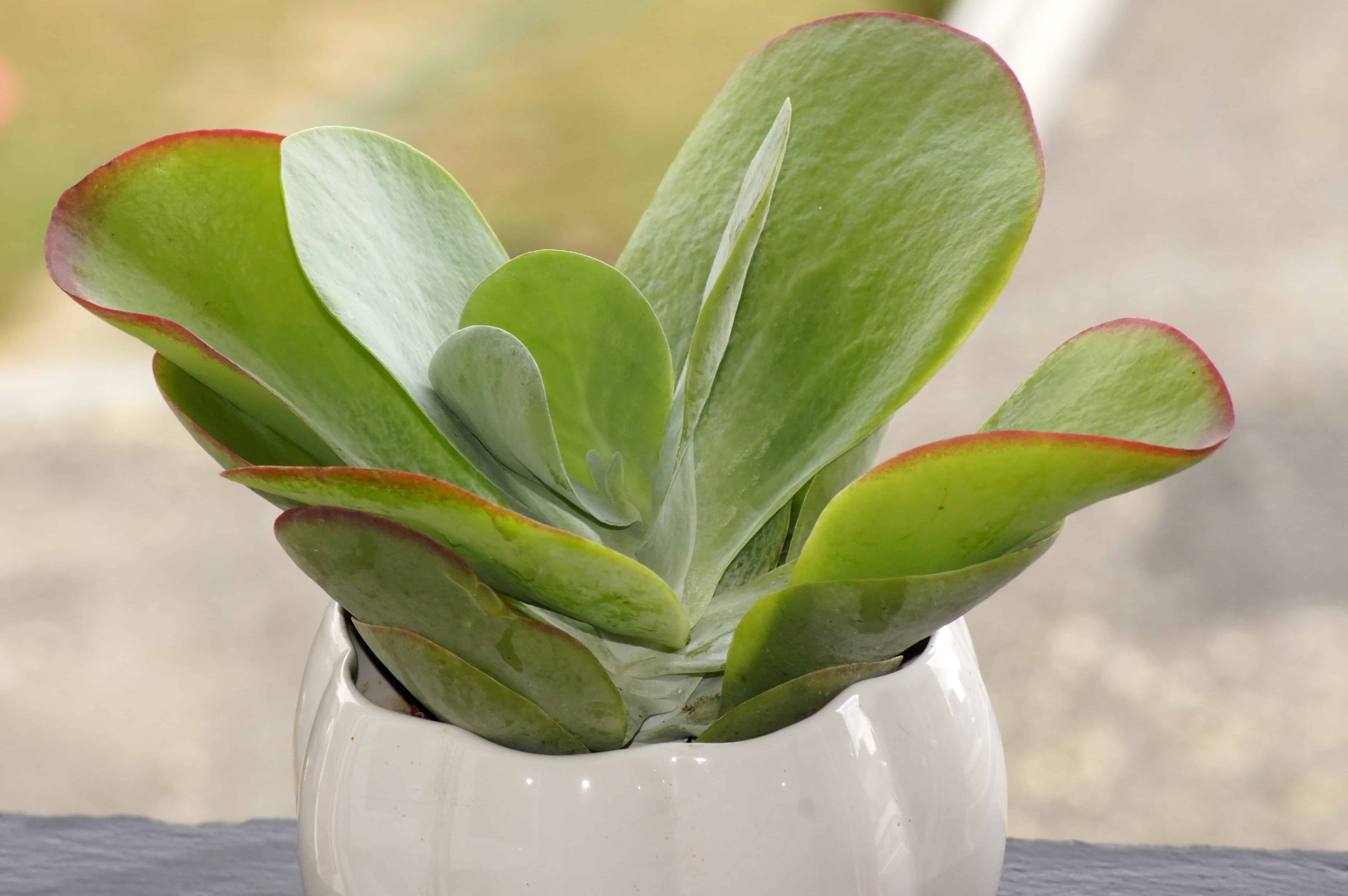Flapjack plants (also known as “paddle plants”) are unique succulents that can add variety and interest to any display. The common name comes from the plant’s appearance, especially when viewed from the top. The large, fleshy leaves seem to pile on top of each other, like a stack of pancakes. These plants are toxic to both pets and humans, though. However appetizing the short stack may look, do not eat it!
The common names of flapjack or paddle plants are applied to various succulents, but the two most popular are the Kalanchoe luciae and the K.thyrsiflora plants. These plants were first documented when William Henry Harvey identified the K. thyrsiflora plant in South Africa in 1862. Since then, these plants have become wildly popular all over the world.
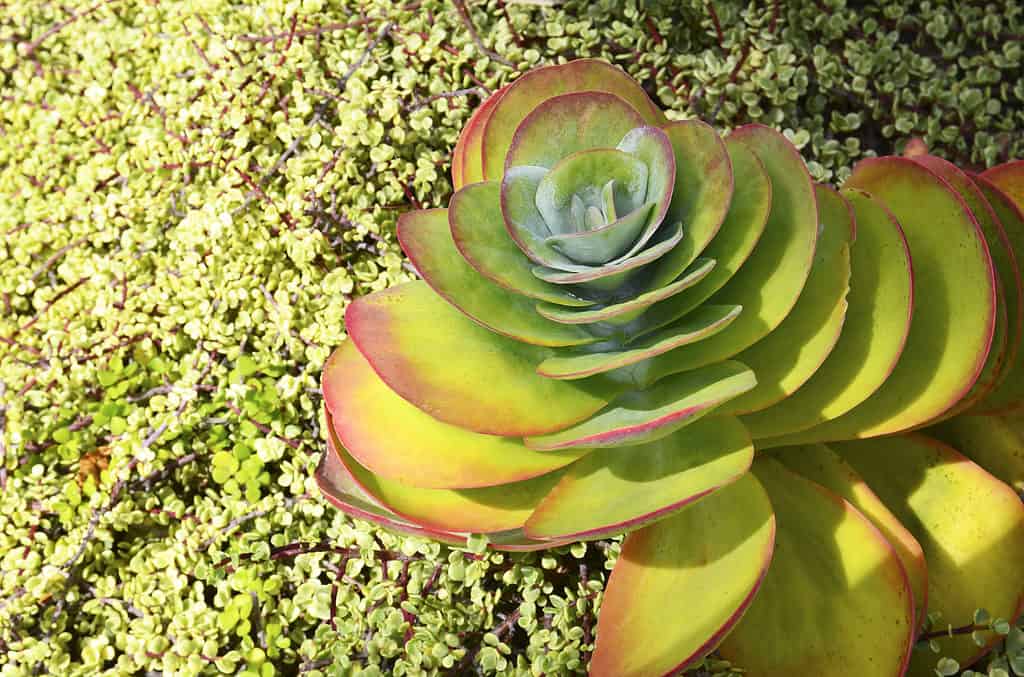
The flapjack plant leaves appear stacked on each other, like a stack of pancakes.
©iStock.com/svf74
What’s the Difference?
These two types of flapjack plants can be difficult to differentiate. Even garden centers and retailers sometimes wrongly identify the two. It’s an easy mistake to make. Both plants are members of the Kalanchoe genus. They are each native to South Africa. Both feature paddle-like fleshy leaves. Both require the same care to grow to their fullest potential. So how do you tell them apart?
For starters, K. luciae is far more common than K. thyrsiflora. So if you’re not sure which plant you have in your display, there’s a very good chance it is a K. luciae succulent. But if you’re still not sure, here are some key differences between the two plants.
The leaves of the K. thyrsiflora plant are smaller than those of the K. luciae. The K. thyrsiflora leaves are chalky green or white and have little to no red or pink coloration.
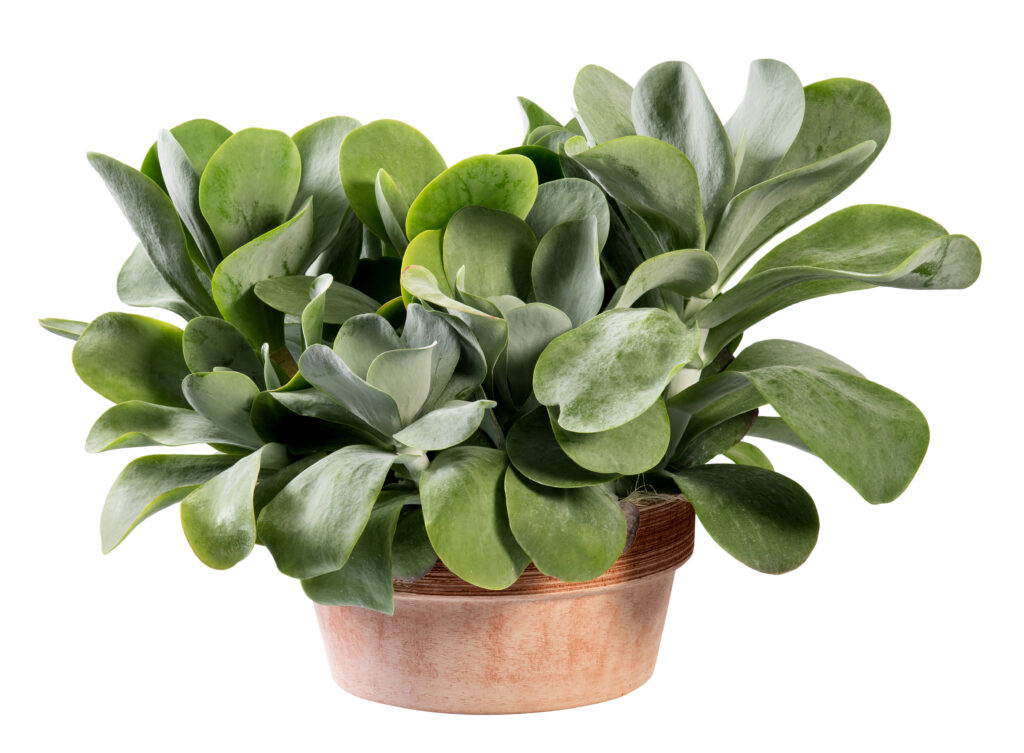
A true
Kalanchoe thyrsifloraplant will feature little to no pink or red colors on its leaves.
©iStock.com/Photology1971
By contrast, the K. luciae can develop light pink to deep red margins on its leaves. It may even become the dominant color of the whole plant. This coloration is brought out fully when the plant receives direct sunlight.
The other easily identifiable difference is in the flowers. When in bloom, K. thyrsiflora plants feature yellow, tubular flowers, while K. luciae flowers are white to a very pale yellow.
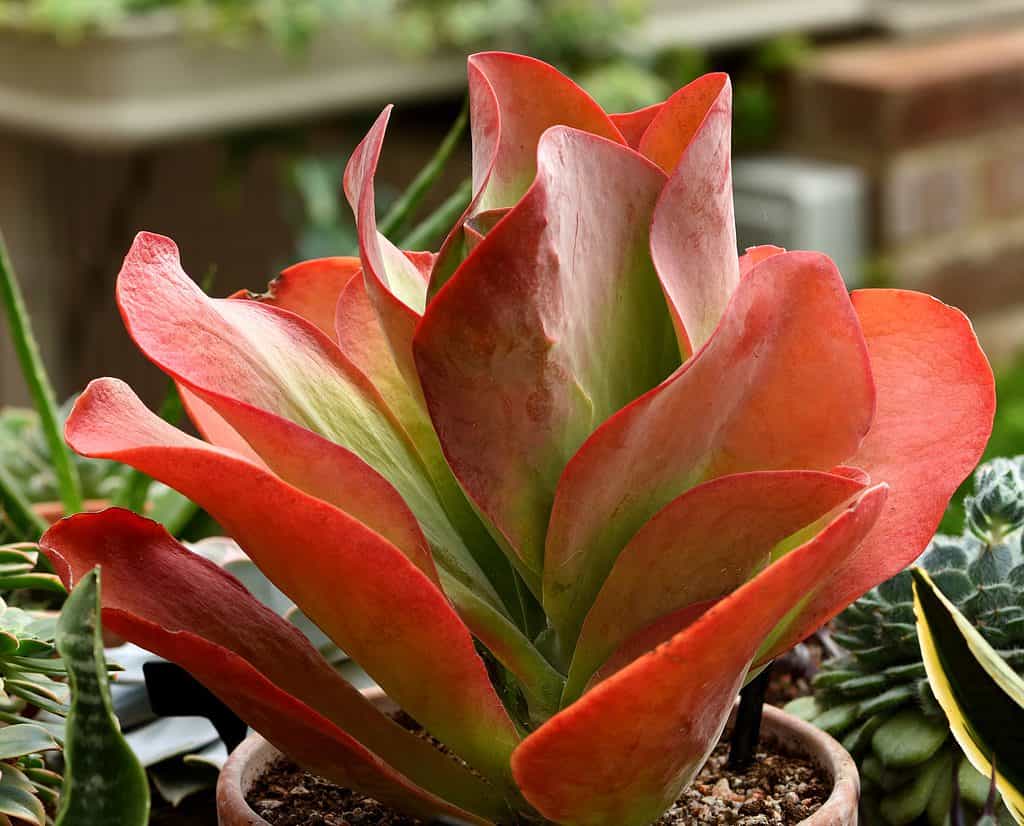
plants can display bright hues of pink and red when they receive adequate sunlight.
©iStock.com/MichelR45
Care
If the plant is not in bloom or is not in direct sunlight, it can be difficult to tell the difference. Even the pros get it wrong sometimes! But here’s the good news. Gardeners can care for each plant in virtually the same way.
Warm Weather Plants
Since both plants hail from South Africa, neither has any frost tolerance whatsoever. Therefore, they can be planted in outdoor gardens, but only in Zone 10 and up. Gardeners in cooler zones must grow flapjacks as container plants that can be moved inside when the weather dips below 50°F. They can also thrive as year-round houseplants.
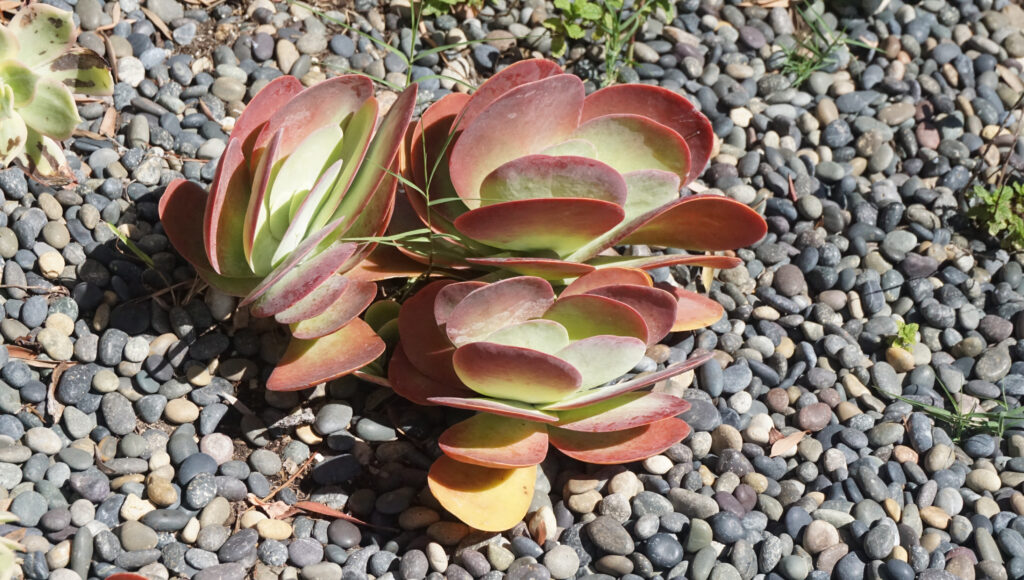
(as well as
K.thyrsiflora) can be grown outdoors in Zone 10 or above.
©iStock.com/ludhi85
Sun
These plants need a lot of sunlight. When growing a flapjack as a houseplant, choose a sunny window where it can really soak up the rays. If you have a K. luciae plant, the sun will bring out some gorgeous pink or red hues on the leaves. Also, when growing a flapjack indoors, give the plant a quarter turn once a week. This will allow the entire plant to receive essential sunlight.
The only exception may be the harsh, direct sunlight of mid-afternoon. In hotter conditions, the afternoon sun can potentially scorch the plants. But far more flapjacks suffer from too little sun exposure rather than too much.
Soil
As with most succulents, flapjack plants need well-draining soil. A prepackaged succulent or cactus mix is your best choice. Also, when grown as a container plant, make sure the pot has adequate drainage holes. Terracotta pots help to wick away moisture from the soil, so they are a top choice for succulent growers. If the soil doesn’t drain well, it can lead to root rot.

A well-draining cactus or succulent mix is perfect for flapjack plants.
©iStock.com/naramit
Water
Succulents require minimal watering. Plan to water your flapjack plant every two weeks, but check the soil beforehand. If the top two inches of soil are not completely dry, it’s not time to water yet. Overwatering is the most common problem gardeners face when growing succulents. They feel like they’re ignoring their plants, so they compensate by adding too much water. Bad idea! Succulents thrive on neglect. If you’re ignoring your flapjack plant, you’re probably doing it correctly.
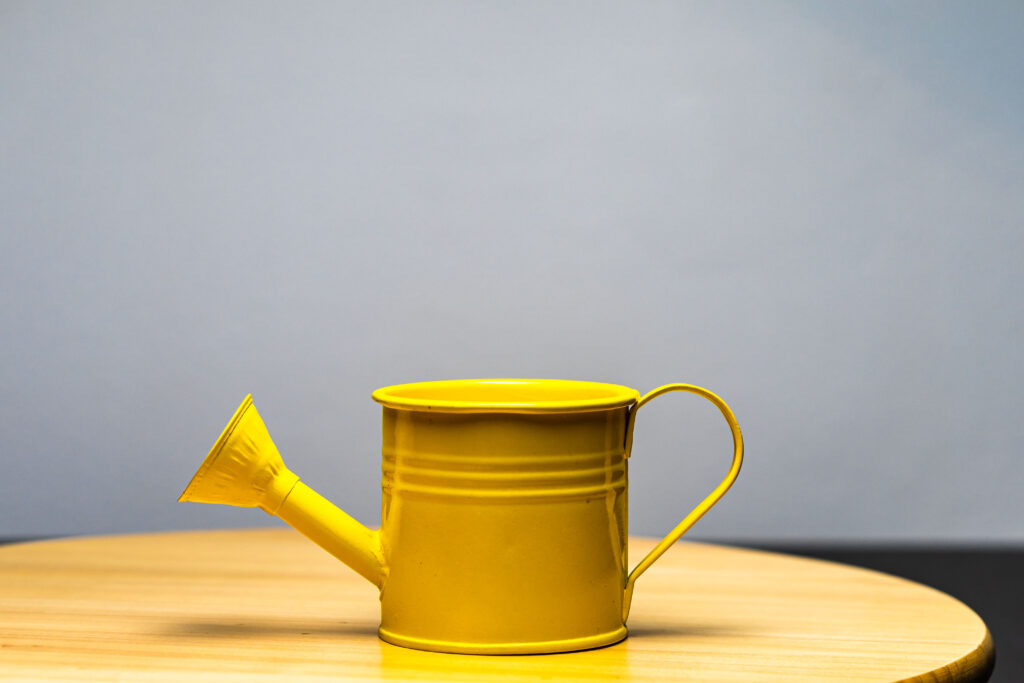
Like all succulents, flapjack plants require only minimal watering. Don’t overwater!
©iStock.com/Wirestock
Flowers
When a flapjack plant matures, it will bloom in the spring. The flowers feature a sweet scent and will draw all types of pollinators.
Flapjacks are monocarpic, meaning the plant will die after flowering. But there will be offsets to take the place of the parent plant. Don’t uproot it! Just trim away any dead sections and let the daughter plants keep on growing.
Thank you for reading! Have some feedback for us? Contact the AZ Animals editorial team.

